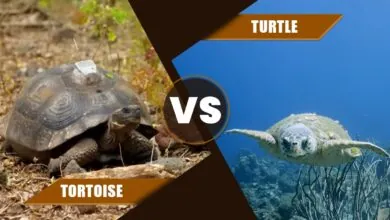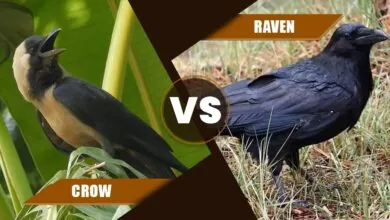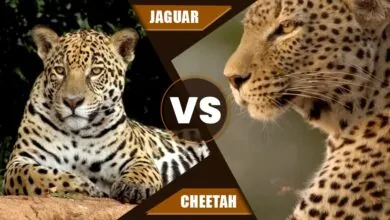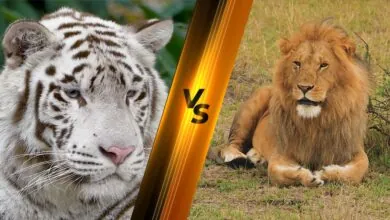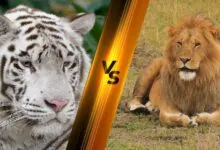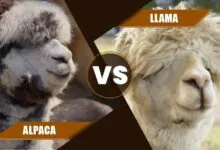Rabbit vs. Hare Insights: Essential Facts for Enthusiastic Animal Lovers!
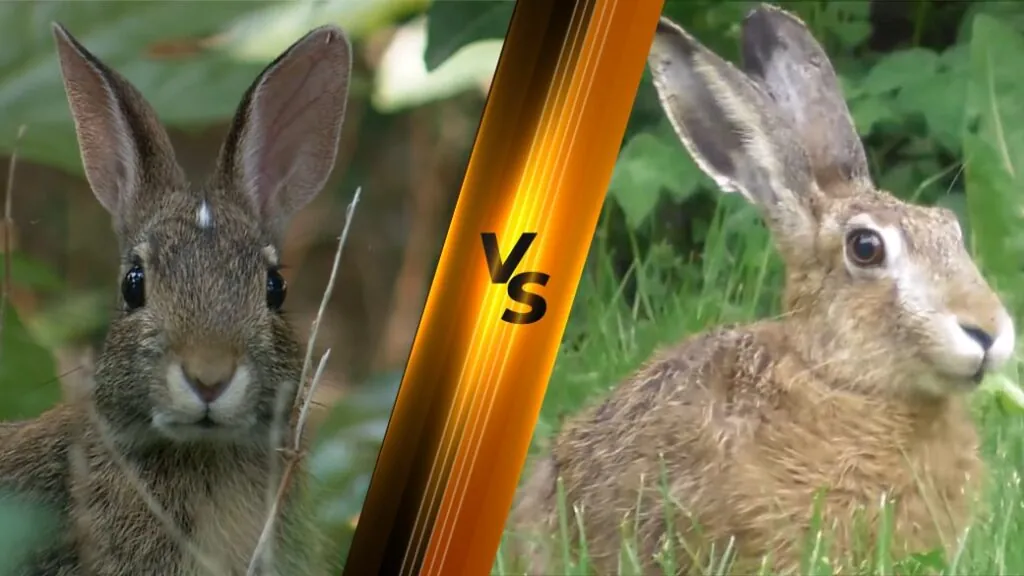
Have you ever noticed a fluffy-tailed animal hopping across a meadow and wondered, “Is it a rabbit or hare?” At first blush, they might appear like the same frolicsome critter, but believe me, if you dive a little deeper and you’ll get to know a world of dissimilarities! In conjunction with the notion of “rabbit vs. hare,” from the tips of their ears to the length of their legs, they’re two distinct members of the animal kingdom with their own unparalleled quirks and lifestyles.
Let’s unlock the mystery of the difference between rabbit and hare. Get ready to be surprised and by the end you’ll be an expert in creating distinction between a hare and bunny hop!
| Attribute | Rabbit | Hare |
|---|---|---|
| Scientific Name | Genus: Oryctolagus (for European rabbit) | Genus: Lepus |
| Number of Species | Around 14 (for the genus Oryctolagus) | Around 32 (for the genus Lepus) |
| Height | 20-25 cm (European rabbit) | 30-40 cm (brown hare) |
| Length | 34 to 45 cm | 42 to 68 cm |
| Weight | 1.2 to 2.5 kg | 2 to 6 kg |
| Top Speed | Up to 35-40 km/h | Up to 70 km/h |
| Habitat | Meadows, woods, forests, grasslands, deserts, wetlands | Open lands, grasslands, deserts, tundras |
| Prey / Diet | Mostly grass and leafy weeds. Some may eat fruits and veggies. | Grass, twigs, and buds. Some species also consume small animals. |
| Lifespan | 8 to 12 years (in captivity, often less in the wild) | Typically 3 to 5 years in the wild |
| Distinctive Feature | Smaller, shorter legs, burrow-living | Larger, stronger hind legs, longer ears, do not burrow but make nests |
| Conservation Status | Near Threatened (European rabbit) | Least Concern |
Cultural and Historical Significance
Ancient Myths, Folklore, or Stories
In days of yore, rabbit was regarded a symbol of rebirth and fertility, closely interlinked with goddesses such as Eostre in Germanic paganism. It’s very likely that Modern Easter Bunny traditions rose from this connection. Chinese folklore mentions the Moon Rabbit or Jade Rabbit accompanying the moon goddess Chang’e, blending the elixir of life. Rabbit plays the trickster role, using wit and crafty to outsmart rivals in Native American legends.
The Celts regarded hare as a symbol of transformation and intuition. In ancient Egypt, the hieroglyph for “hare” was brought into use as a determinative in words pertaining to the concepts of being and existence. “The Tortoise and the hare” written by Aesop teaches the moral: slow and steady wins the race.
The Significance of Each in Various Cultures
Rabbits, in Japanese culture, are viewed as fortunate creatures. The phrase “a rabbit’s sleep” denotes sleeping soundly through the night. In Western cultures, white rabbits have been the emblems of innocence and purity. In North American culture, rabbit’s foot is most often than not regarded as a good luck charm.
With respect to some European traditions, seeing a hare first thing on New Year’s Day would bless a person with good luck for the rest of the year. From British culture, the “March hare” is often interlinked with eccentric behavior, feasibly due to hare’s wild antics manifested during the breeding season, contributing to phrases like “mad as a March hare.”
Physical Characteristics
Size
Typically, rabbits are shorter in stature, standing around 20-25 cm tall when alert. The length of these animals varies by breed but normally ranges from 34 to 50 cm. On the part of weight of rabbits, based on the breed, they can weigh anywhere from 0.4 kg for small breeds to 2 kg or more for larger breeds.
Hares, contrarily, stand taller having heights of approximately 30-40 cm when alert. The length of hares is typically longer, from 50 to 75 cm, build upon the species. These animals are heavier than rabbits, ranging from 2 kg to 5 kg or more.
Coat
When it comes to hare vs. rabbit, coat is another aspect you can notice the distinction. Hares, have a coarser coat having colors ranging from brown and gray to more speckled patterns, assisting them to blend into their natural environment.
Rabbits, generally, possess a denser and softer fur that can be of different colors and patterns, from solid white, brown, black to spotted or patched.
Distinctive Features
Rabbits characteristically possess shorter legs and ears in contrast with hares. They have a dewlap – a flap of fur under their chins – which more pronounced in females; their noses are constant motion.
Hares, on the flip side, are known for their long, powerful legs and large ears. Positioned higher on the sides of their heads, their eyes let them have a broader range of vision.
Habitat and Distribution
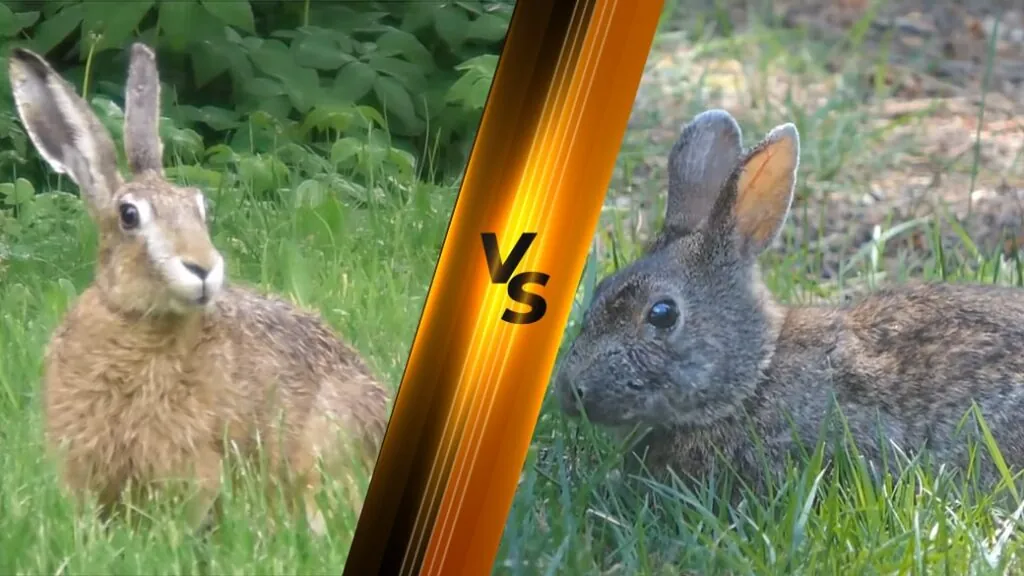
Shedding some light on the distinct habitat and distribution of these creatures would undoubtedly make the difference between rabbit and hare crystal clear. Let’s get started!
Natural Habitats
Rabbits, being versatile creatures can be located in a plethora of habitats, including meadows, forests, woods, deserts, grasslands and wetlands. For more insights about rabbits, their behavior and care on the American Rabbit Breeders Association.
Hares, contrastingly, inhabit open fields, tundras and prairies. They lean towards larger spaces which enable them to make the best use of their speed when evading predators. For more insights about hares, their behavior and habitat on the National Geographic.
Range and Territories
Rabbits, primarily native to southwestern Europe and northern Africa, have been introduced to and have established populations in numerous parts of the world, from time to time to the detriment of local ecosystems. Being social animals, they live in complex burrow systems known as warrens.
With respect to the range of hares, they’ve a more stretched natural range, including parts of Europe, Africa, Asia and North America. Contrary to rabbits, hares are more solitary and don’t burrow; in lieu of that, they build nests called “forms” in tall grass or under bushes. The quokka and rabbit, both endearing herbivores, share a commonality in their propensity for rapid reproduction and thriving in various environments.
Behavior and Lifestyle
Rabbits are generally social animals that prefer to live in groups or families. They most often than not inhabit complex burrow systems called warrens, which offer protection from predators. Hares, on the other hand, are more solitary in nature and less social than rabbits; they tend to be loners, solely seeking out companions during the mating season.
Hunting Techniques
In conjunction with the hunting techniques of both animals, they are predominantly herbivores, so hunting is more about foraging for twigs, plants and bark.
Diurnal vs. Nocturnal Activities
When it comes to the diurnal vs. nocturnal activities, rabbits are mostly crepuscular, that is, they’re most active in the course of dawn and dusk. Hares, in contrast with rabbits, are also crepuscular, but some species can be nocturnal, particularly in regions with fewer predators.
Speed and Strength
Another attribute, speed and strength, is fruitful to have better insights on the notion of “rabbit vs. hare.” It’s the speed of both creatures that allow them to escape from predators. Hares having longer legs are typically faster and can reach speeds up to 70 km/h; rabbits, on the flip side, can hit speeds of up to 30-40 km/h.
Conservation Status
Current IUCN Status
As a matter of fact, current IUCN status of rabbits varies by species. Species that are more common are listed as “Least Concern,” but some others, like the Riverine rabbit (Bunolagus monticularis), are “Critically Endangered.”
The IUCN status of hares also varies by species. While numerous species are of “Least Concern,” the Iberian hare scientifically known as Lepus granatensis is “Near Threatened,” for instance.
Threats Faced by Each Species
The threats rabbits are facing include habitat loss, diseases like myxomatosis and RHDV and, of course, overhunting. Agricultural practices, hunting and climate change are posing a great threat to hares.
In Popular Culture
Media
Rabbits are globally featured in media and literature, from the mischievous “Peter Rabbit” by Beatrix Potter to the wise and adventurous “Bugs Bunny” in Warner Bros cartoons. In movies, they’ve starred in animations like “Watership Down” and “Zootopia”.
Symbolic Meanings
Another perspective to witness the crystal clear rabbit vs. hare difference, symbolic meanings that both animals carry are fascinating. Rabbits, most often than not, are regarded as the icons of innocence, fertility and once in a blue moon mischief. On the part of hare, in some cultures, it’s interlinked with the moon and is an emblem of rebirth and resurrection.
